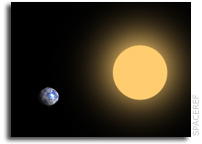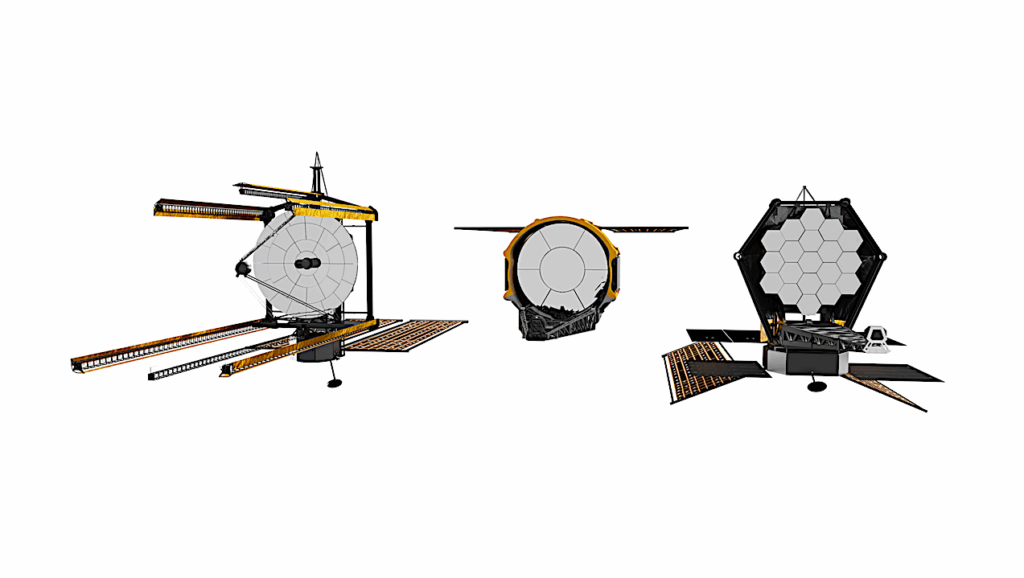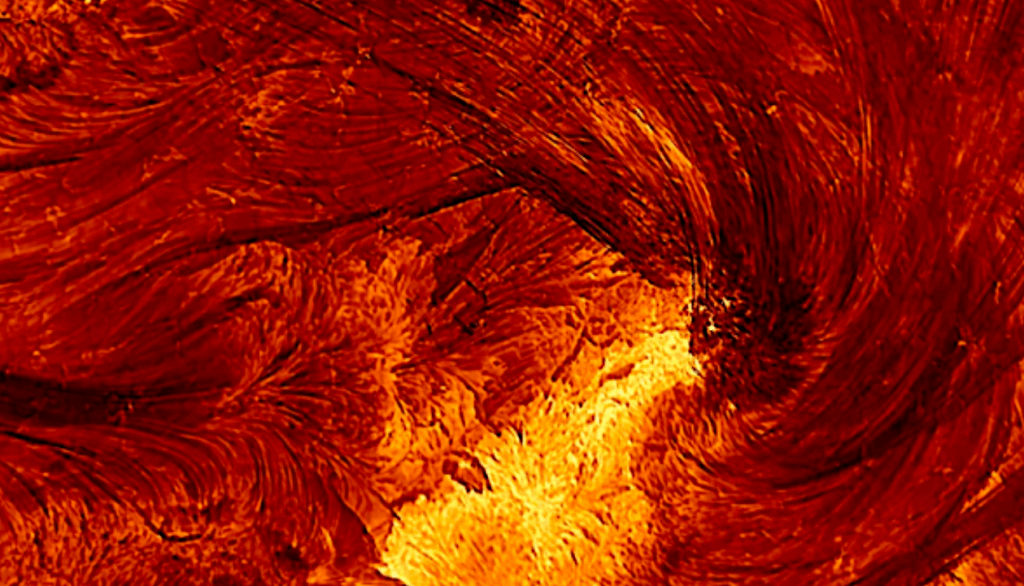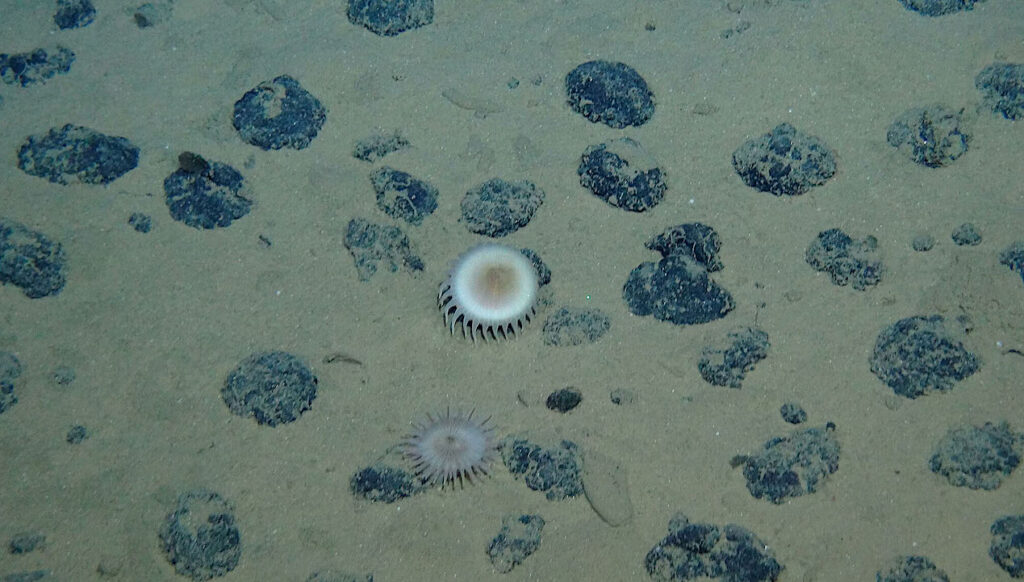Evolution of Long Term Variability in Solar Analogs

Earth is the only planet known to harbor life, therefore we may speculate on how the nature of the Sun-Earth interaction is relevant to life on Earth, and how the behavior of other stars may influence the development of life on their planetary systems.
We study the long-term variability of a sample of five solar analog stars using composite chromospheric activity records up to 50 years in length and synoptic visible-band photometry about 20 years long. This sample covers a large range of stellar ages which we use to represent the evolution in activity for solar mass stars. We find that young, fast rotators have an amplitude of variability many times that of the solar cycle, while old, slow rotators have very little variability. We discuss the possible impacts of this variability on young Earth and exoplanet climates.
Comments: 6 pages + refs. 2 figures, 1 table. For the proceedings of IAU Symposium 328, “Living Around Active Stars”, held at Maresias, Brazil, Oct 2016
Ricky Egeland, Willie Soon, Sallie Baliunas, Jeffrey C. Hall, Gregory W. Henry
(Submitted on 7 Apr 2017)
Subjects: Solar and Stellar Astrophysics (astro-ph.SR); Earth and Planetary Astrophysics (astro-ph.EP)
Cite as: arXiv:1704.02388 [astro-ph.SR] (or arXiv:1704.02388v1 [astro-ph.SR] for this version)
Submission history
From: Ricky Egeland
[v1] Fri, 7 Apr 2017 22:14:25 GMT (209kb,D)
https://arxiv.org/abs/1704.02388








